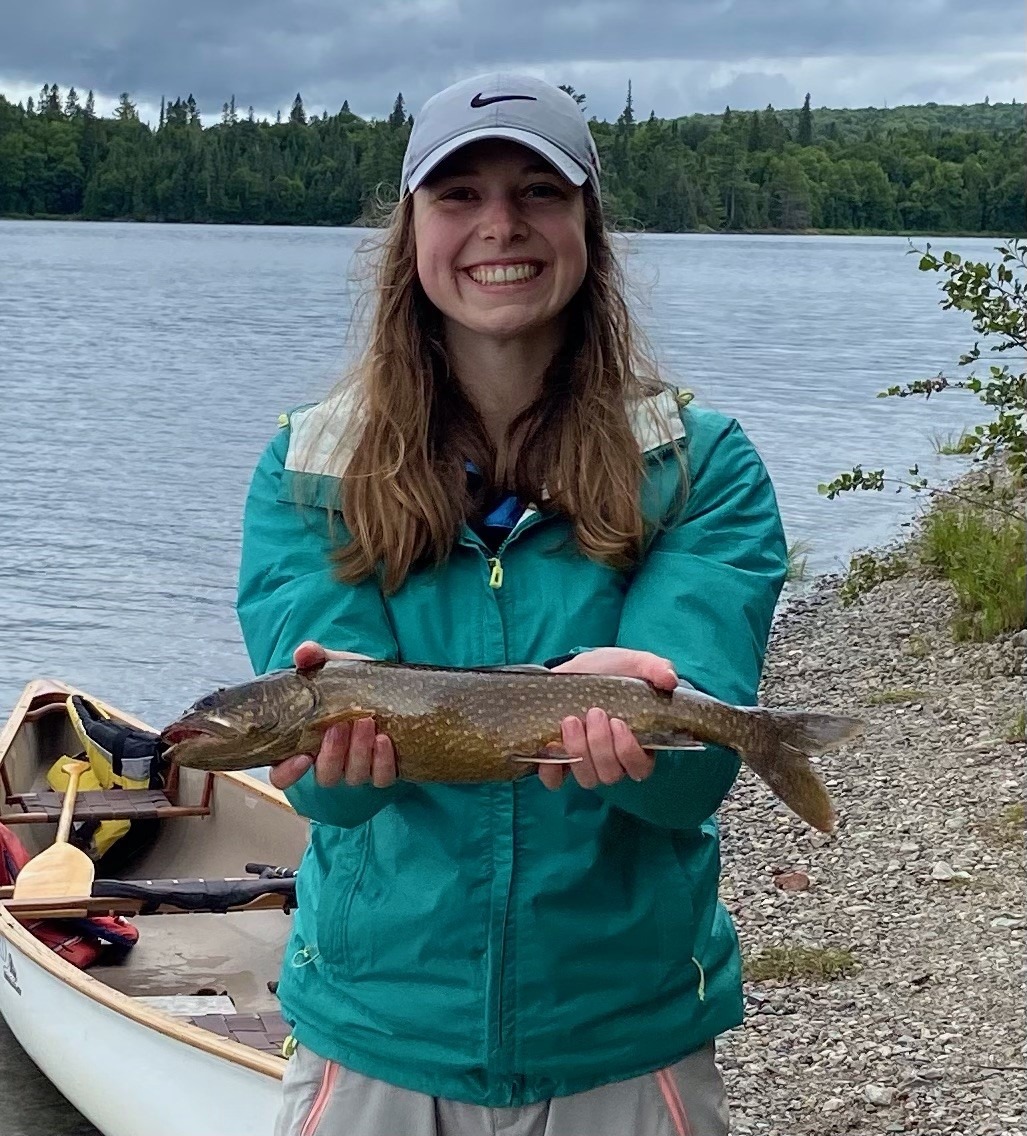Muskoka’s iconic lake trout need help in face of warmer water, new species in area lakes
Where do things stand for Lake trout now?
By Steve Scholten.

Lake trout are an iconic fish species of the Muskoka landscape, but the 2023 Muskoka Watershed Report Card said that coldwater fish species, including Lake trout, are struggling against the introduction of non-native species, nutrient enrichment from watershed and shoreline development, water level manipulations to ease flood risk, alteration of near shore habitat, climate change, and harvest of the fish themselves. They are a glacial relict species restricted to those same deep, cold, low productivity lakes that draw people to our communities to live and play. Where do things stand for Lake trout now?
Within the Muskoka watershed, the Ministry of Natural Resources and Forestry (MNRF) has identified 74 lakes that are managed for Lake trout. Fifty-five support naturally-reproducing populations and 19 are maintained by stocking with hatchery fish because they lack the capacity to support natural reproduction due to natural habitat limitations and/or human-caused impacts.
Lake trout need large volumes of cold, well-oxygenated water to complete their life cycle. During the warm months they are restricted to deep water where the temperature is still cold. However, that cold water is isolated from the atmosphere by the warm surface layer and the amount of oxygen in the deep water is depleted as the summer progresses.
Climate change is expected to reduce the quantity and quality of the deep-water habitat and exacerbate the impacts of some of the other stresses. The most important direct effect is the lengthening of the season when lakes are stratified with a layer of warm water preventing oxygen from the atmosphere reaching the deeper, cold water. The longer period of stratification results in greater depletion of oxygen.
Climate change is also impacting the hydrologic cycle. Water managers are under pressure by shoreline property owners to lower water levels in winter to protect property from increasingly frequent spring flooding, but lowering levels too much can kill eggs and newly hatched fry.
An indirect impact of climate change is that longer periods of warmer water favour warm water species that compete with or prey on trout, an impact made worse by the introduction of non-native species to many trout lakes. Virtually every Lake trout lake in the watershed has had non-native species introduced, either intentionally or inadvertently, and new instances are disturbingly frequent.
Fisheries in Ontario are managed by the MNRF using a set of Fisheries Management Zones (FMZ); geographic areas with similar physical, biological and socio-economic characteristics. The Muskoka watersheds are in FMZ 15, a broad swath of central Ontario, Canadian shield landscape between Georgian Bay and the Ottawa River. In 2022, to address the problems faced, MNRF posted a draft management plan for FMZ 15 on the Environmental Registry of Ontario (see it here).
The plan, prepared with input from a broad-based public advisory council, identifies the multiple threats that Lake trout are facing and, as a consequence, proposes a more conservative approach to managing the recreational fishery, including shorter fishing seasons and minimum size limits to protect smaller fish that are most vulnerable to loss of habitat and competing species.
The rationale for this approach is that reducing fishing pressure will keep populations healthier and help them be more resilient to the other changes to the environment. However, more stringent harvest regulations alone won’t ensure the long-term sustainability of many of our Lake trout populations. Addressing many of the other stresses that our watersheds are experiencing will be required as well.
The problems Lake trout face typify the way everything is connected to everything else in a watershed. Integrated, multifaceted management plus some luck will be needed to keep this iconic species an important part of the ecosystem.

This is the 13th in a series of articles from Muskoka Watershed Council on “The State of Our Watershed” published by MuskokaRegion.com. Each article explores aspects of our environment revealed in our 2023 Muskoka Watershed Report Card and identifies new management challenges. This week’s contributor is Steve Scholten, a Muskoka resident and recently retired management biologist at the MNRF Bracebridge office.
